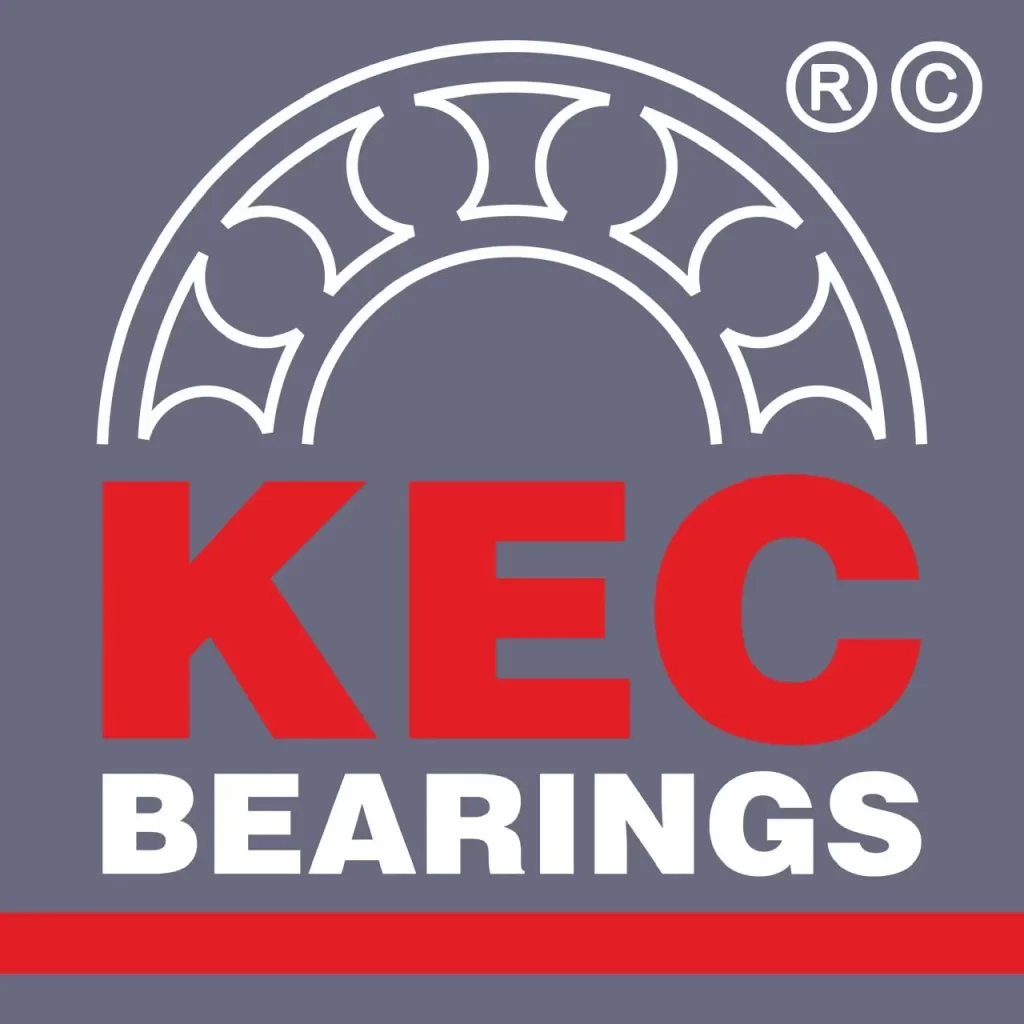Introduction
Steel mills are among the most challenging industrial environments for equipment, with machines subjected to extreme loads, high temperatures, abrasive particles, and continuous operations.
Bearings, as critical components, must endure these harsh conditions while maintaining reliability and efficiency. Among the various types used, spherical roller bearings (SRBs) stand out for their durability and versatility. This blog explores the role of spherical roller bearings in steel mill applications, focusing on their design, advantages, and key considerations for optimal performance.
What Are Spherical Roller Bearings?
Spherical roller bearings are designed to handle heavy radial and moderate axial loads in demanding environments. They feature barrel-shaped rolling elements arranged in two rows, allowing them to support misalignment between the shaft and housing, which is common in steel mill equipment. This unique design enables them to perform reliably under conditions of heavy load, shock, and vibration, making them ideal for steel mills.
Key Features of Spherical Roller Bearings for Steel Mills
- Self-aligning Capability: SRBs can accommodate angular misalignment, a common issue in steel mills due to heavy machinery and structural shifts over time. This self-aligning property helps in reducing stress on the bearing and extending its service life.
- High Load Capacity: SRBs can handle very high radial loads, as well as moderate axial loads in both directions. This load-bearing capability is crucial in steel mills, where equipment operates under significant pressure from raw material handling and metal processing.
- Shock and Vibration Resistance: Steel mills produce a high level of vibration, especially in areas like hot rolling and continuous casting. The robust design of SRBs provides them with high resistance to shock loads, essential for reliable operation in such settings.
- Temperature Tolerance: Steel mills often generate excessive heat, especially in hot rolling and forging operations. SRBs are made with heat-resistant materials and specialized lubricants to ensure longevity even in high-temperature environments.
Applications of Spherical Roller Bearings in Steel Mills
Spherical roller bearings are widely used in several key areas of steel production. Here are some typical applications:
- Continuous Casting Machines: These machines shape molten steel into billets, blooms, or slabs. SRBs in continuous casting machines endure high temperatures and misalignment due to machine flexibility and deformation under heavy loads. They provide reliable operation, which is critical for minimizing downtime and ensuring smooth production.
- Rolling Mills: In both hot and cold rolling mills, SRBs handle the high radial and axial loads exerted by the rollers as they reduce steel slabs to thinner gauges. Their ability to resist shock loads and perform under high temperatures is vital in these operations.
- Gearboxes and Conveyors: Gearboxes in steel mills transmit torque under high loads, while conveyors are essential for material handling. SRBs in these components provide durability and misalignment tolerance, ensuring they remain functional despite heavy loads and continuous operation.
- Electric Motors: Electric motors power a variety of processes in steel mills. SRBs support these motors, enabling them to handle radial and axial loads effectively. Their ability to tolerate misalignment helps reduce wear, extending motor life and reducing maintenance costs.
Advantages of Using Spherical Roller Bearings in Steel Mills
- Increased Machine Uptime: Steel mills operate 24/7 to meet production demands, and unplanned downtimes are costly. SRBs’ durability reduces the frequency of replacements and repairs, ensuring continuous operation.
- Reduced Maintenance Costs: SRBs are known for their reliability in harsh conditions, reducing the need for frequent maintenance. Their ability to handle misalignment also means they’re less likely to suffer premature wear due to installation or structural shifts.
- Enhanced Load Distribution: The spherical shape of the rollers allows even load distribution across the bearing, which minimizes stress concentrations and extends the bearing’s life in high-load environments like steel mills.
- Reduced Energy Consumption: SRBs are designed to reduce friction, which, in turn, lowers energy consumption. This can be significant in steel mills, where machinery is often massive and operates continuously.
Factors to Consider When Selecting SRBs for Steel Mill Applications
- Load and Speed Requirements: It’s essential to choose an SRB that can handle the specific load and speed demands of the application. Steel mill operations may require bearings with higher dynamic load ratings to endure heavy loads and shock.
- Temperature Conditions: For high-temperature applications, select SRBs with heat-resistant materials and specialized lubricants. Bearings with special cages, like those made from brass, can also perform better at elevated temperatures.
- Lubrication: Proper lubrication is crucial in steel mill environments to minimize wear and friction. Many SRBs are designed to work with automated lubrication systems, ensuring a consistent supply of lubricant for long operational life.
- Sealing Options: Depending on the environment, seals may be necessary to protect bearings from dust, dirt, and moisture. Choosing the right sealing type will depend on the specific location and application within the steel mill.
Advanced SRB Technologies for Steel Mills
- Split Spherical Roller Bearings: These bearings are ideal for applications where accessibility is limited, such as in continuous casting or rolling mills. Split SRBs can be installed without disassembling nearby equipment, reducing installation time and labor costs.
- Special Coatings and Materials: Bearings exposed to extreme conditions can be coated with materials like black oxide, which offers improved corrosion resistance, and helps manage high temperatures, shock loads, and vibration.
- Condition Monitoring: Many manufacturers now offer SRBs with embedded sensors that monitor temperature, vibration, and load. Real-time monitoring allows predictive maintenance, reducing unexpected downtimes and extending bearing life.
Conclusion
Spherical roller bearings are a cornerstone of steel mill machinery, enabling heavy-duty equipment to operate smoothly under extreme conditions. Their high load capacity, ability to handle misalignment, and durability make them ideal for critical applications like continuous casting, rolling mills, and conveyor systems. By selecting the right SRBs and ensuring proper maintenance, steel mills can significantly improve operational efficiency and reduce maintenance costs. Advanced technologies, such as split bearings and condition monitoring, further enhance their value in modern steel production facilities.
Implementing high-quality SRBs is not just about enhancing performance but about ensuring reliability and longevity in one of the toughest industrial environments—steel production.
Actionable Advice
We at KEC Bearings provides high quality Spherical Roller Bearings specially designed for rolling mill application which provides consumers or end-users lower maintenance, lower down time and high efficiency of the steel plant. We are also providing practical and affordable solutions to end users for their pain points. Follow us on our You Tube channel or refer our technical catalogue for more information.
Contact Us
KEC Bearings Pvt Ltd
G-2408A, F2 Road, Almighty Gate, Lodhika GIDC, Metoda – 360021, Rajkot, Gujarat (INDIA)
Website: www.kecbearings.com
Email: sales@kecbearings.com
WhatsApp: +91 9330 96 9330

